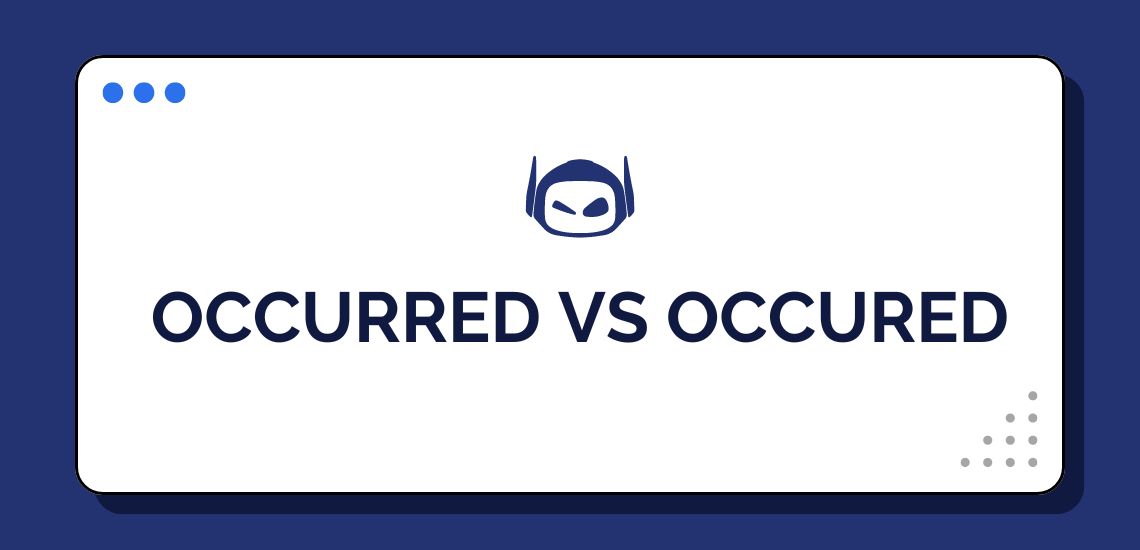
General Guide About Content and Writing
It’s easy to use the wrong spelling with so many...

Do you want to know what is grounding in AI...

General Guide About Content and Writing
Do you want to know how does something get flagged...
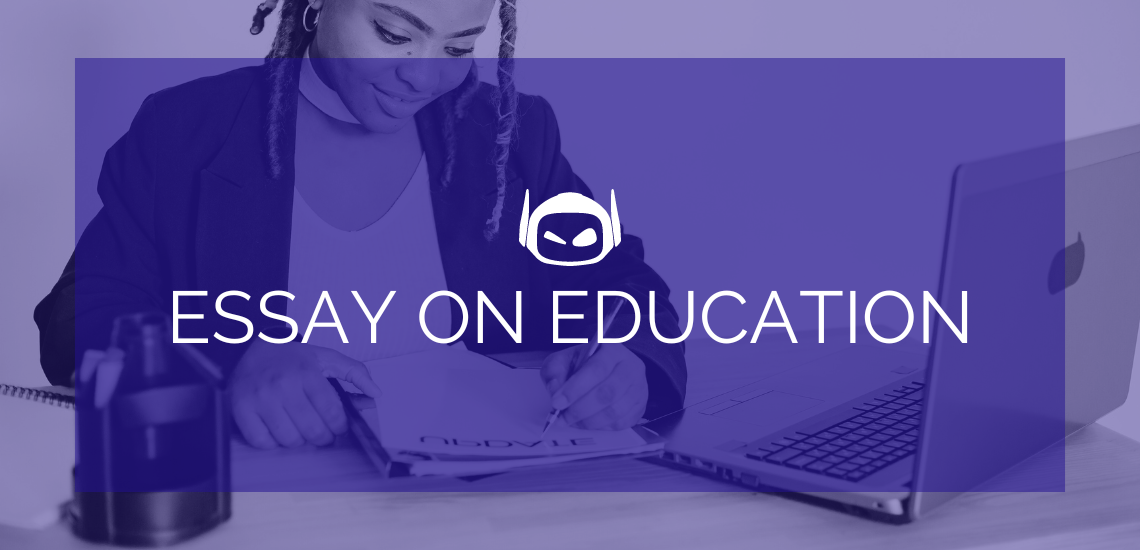
Education is a vital tool that shapes us. It prepares...
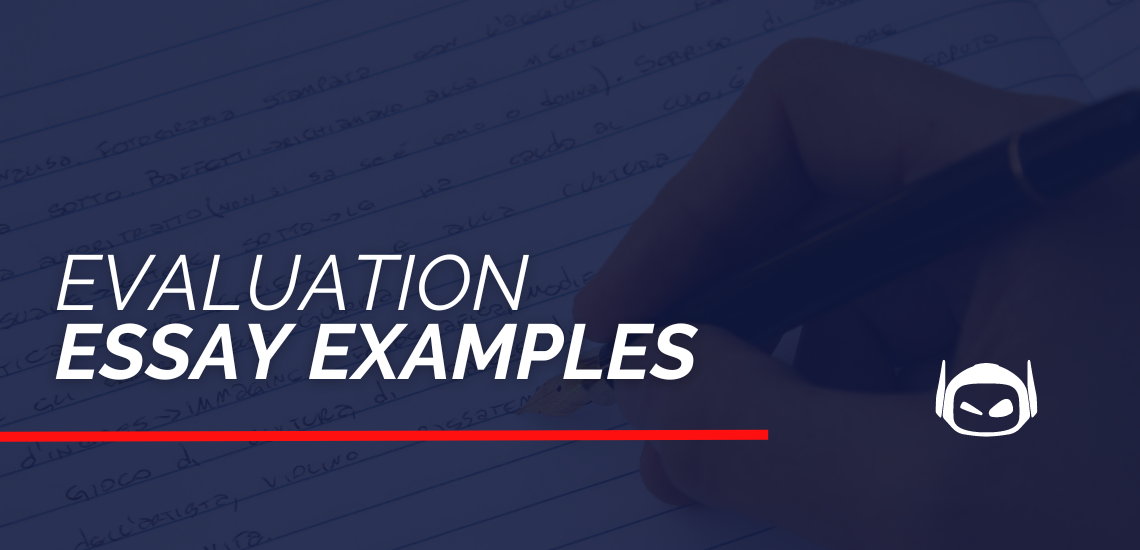
General Guide About Content and Writing
Do you have an evaluation essay assignment, but have no...
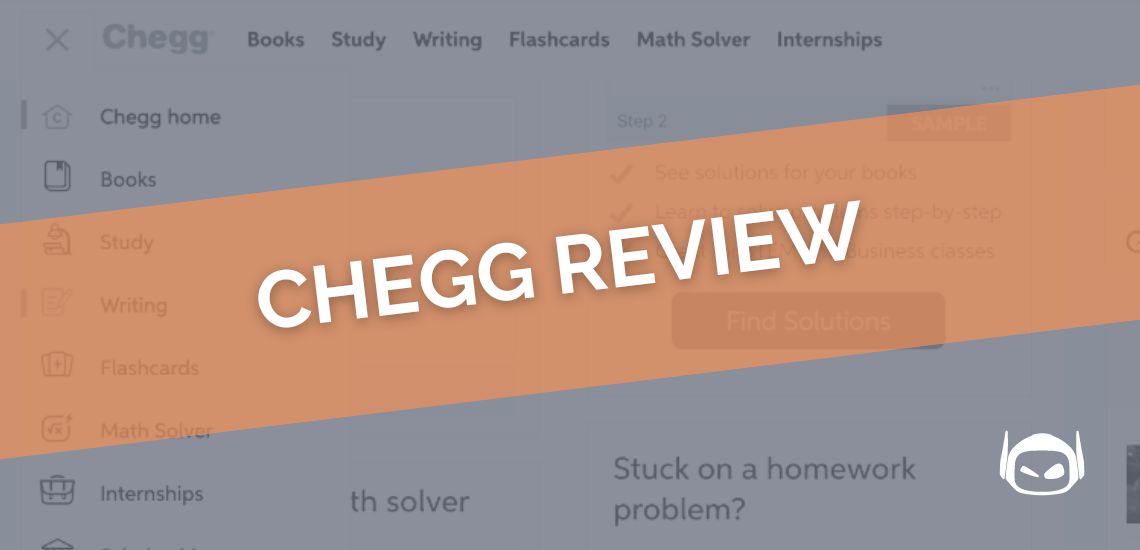
Are you thinking about using Chegg, but are unsure if...

AI has made it easier than ever to plagiarize. But...
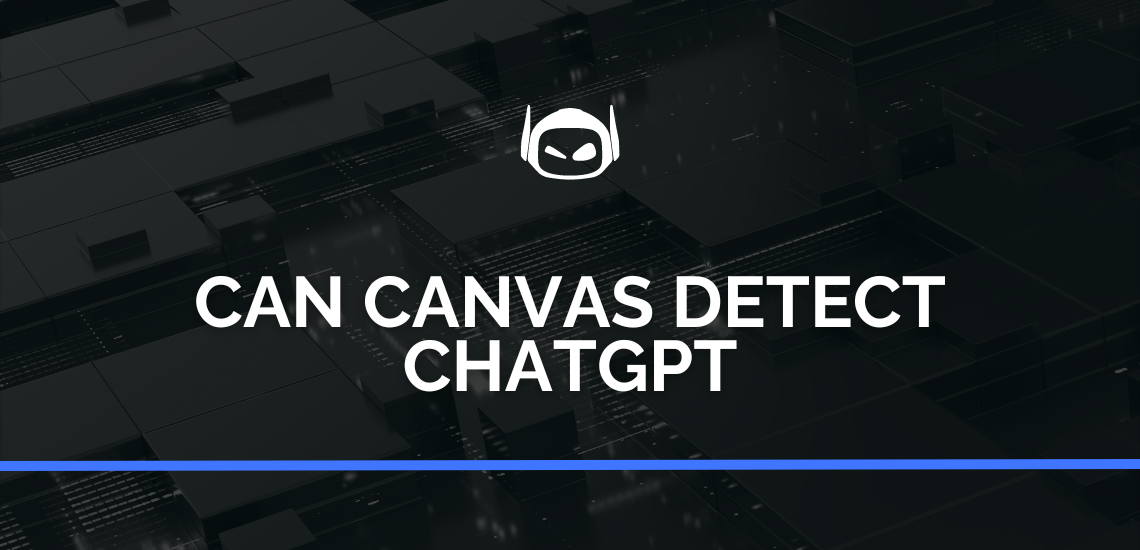
This is the age of the AI generation. Artificial intelligence...

General Guide About Content and Writing
We are now in the era of modernization, where Artificial...
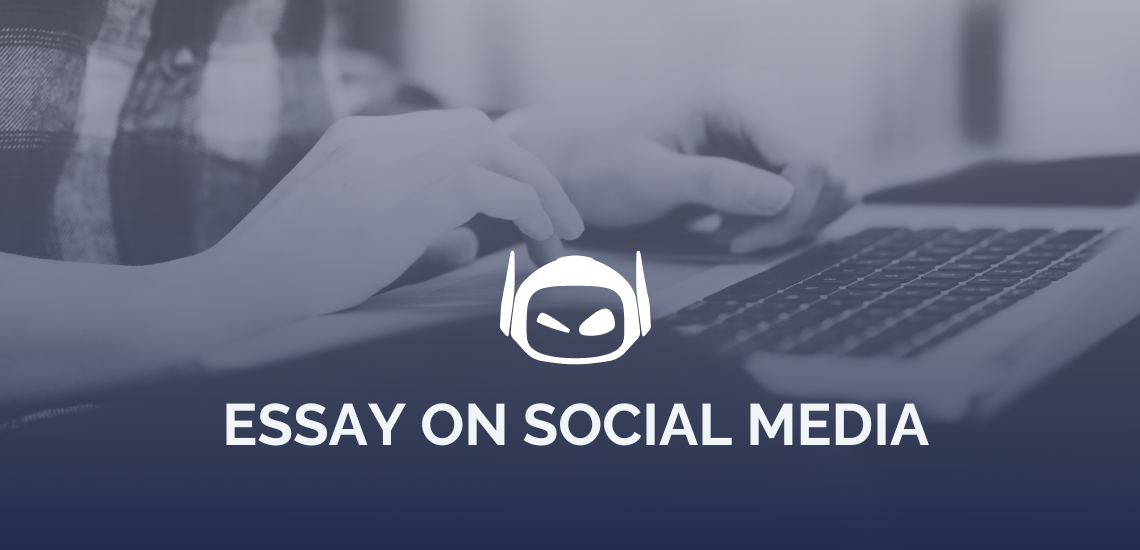
General Guide About Content and Writing
If you want to write an essay on social media,...